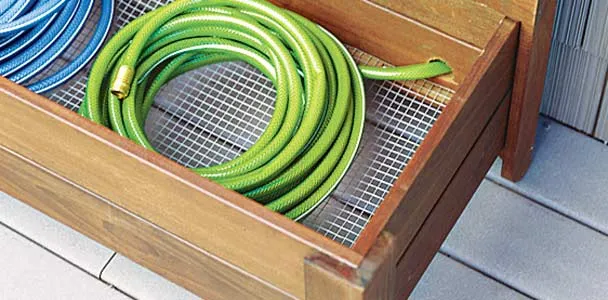Hardware cloth is an underrated material, even among dedicated DIYers. This sturdy, welded-wire mesh offers a practical solution for projects both indoors and out. Our guide explains creative uses for hardware cloth and offers tips for making the most of this adaptable material.
What Is Hardware Cloth and Why Is It Useful?
Hardware cloth is a welded-wire mesh typically crafted from galvanized or stainless steel. It is available in various sizes, with the most common being 1/4-inch and 1/2-inch square openings. It allows air and water to pass through while keeping out pests and debris. While it is strong and durable, hardware cloth can be easily cut and shaped to fit a variety of applications, making it a popular choice for DIY enthusiasts and homeowners.
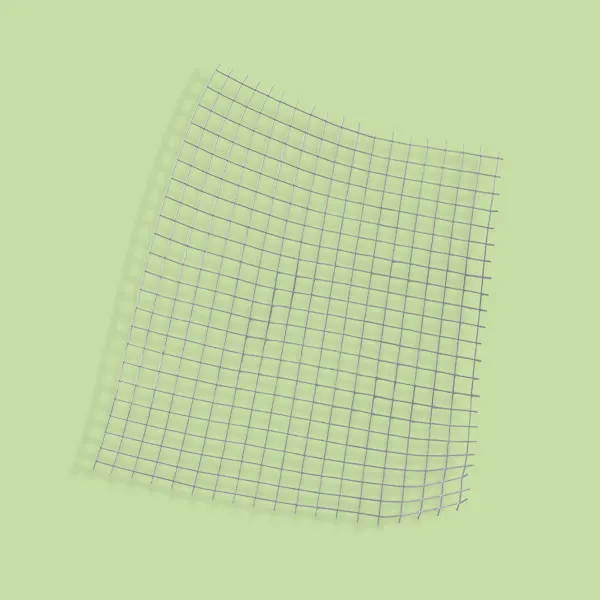
It is widely available at most hardware stores, home improvement centers, and garden supply shops. It can also be found online through various retailers. When purchasing, consider the size of the wire mesh openings, the overall dimensions of the cloth, and the material (galvanized or stainless steel), based on your specific project needs.
Safety Considerations
While hardware cloth is a versatile and useful material, it’s important to handle it safely:
- When installing hardware cloth outdoors, check periodically for signs of wear or damage to maintain its effectiveness.
- Always wear gloves and eye protection when cutting or handling hardware cloth.
- Be cautious of sharp edges and wire ends that can cause cuts or scratches.
- If using hardware cloth for food-related projects, make sure it’s food-safe and properly cleaned before use.
Using Hardware Cloth in Home Improvement Projects
Hardware cloth can be a handy solution for various home improvement tasks. Here are some creative ways to use it around your house.
Patch Drywall Holes
Hardware cloth can be an excellent alternative to traditional methods for patching holes in drywall. Here’s how to do it:
- Cut a piece of hardware cloth slightly larger than the hole.
- Apply double-sided mounting tape to the back of the drywall around the hole.
- Use needle-nose pliers to fish the hardware cloth inside the wall and press it against the tape.
- Apply a thick coat of joint compound over the metal mesh.
- Allow it to dry, then apply a second coat for a smooth finish.

Secure Loose Pipes
If you have noisy or loose pipes in your home, hardware cloth can help secure them and reduce annoying sounds. Follow these steps:
- Cut a strip of hardware cloth long enough to wrap around the pipe with some overlap.
- Form the strip into a horseshoe shape around the pipe.
- Fold out the ends at a right angle.
- Fasten each side to the wall using washers and screws.
Create a Stylish Message Center
Transform an old picture frame into a functional and attractive message center using hardware cloth:
- Remove the glass and backing from an old decorative frame.
- Cut a piece of hardware cloth to fit the frame opening.
- Secure the hardware cloth to the back of the frame using staples or small nails.
- Hang the frame on the wall and use clothespins to attach notes and postcards to the metal mesh.
- Add S-hooks to hold keys for a complete organization station.
Clever Storage Solutions Using Hardware Cloth
Try these methods to create efficient storage solutions around your home and garage.
Organizing Bungee Cords
Keep your bungee cords tangle-free and easily accessible with this simple storage hack:
- Cut a 3-by-12-inch strip of hardware cloth.
- Staple each end of the strip to a 3-by-3-inch piece of scrap wood.
- Mount the wood piece to your garage wall or the inside of a cabinet door.
- Hook one end of each bungee cord through the mesh openings.
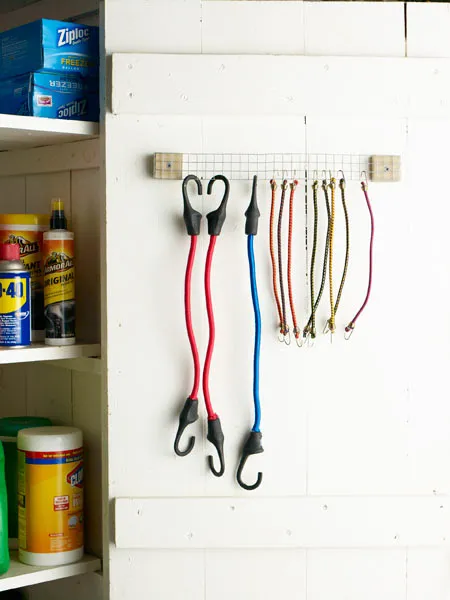
Craft Tool and Hardware Containers
Create custom storage for small tools and hardware using hardware cloth and mason jars. This method allows you to see the contents while keeping everything securely contained. It is ideal for organizing workshop essentials or craft supplies.
To make them, cut a circle of hardware cloth to fit inside the lid of a mason jar, place the cloth inside the lid, and then screw it onto the jar. Fill the jar with screws, nails, or small tools for a neat and practical storage solution.
Garden and Outdoor Applications for Hardware Cloth
Hardware cloth is particularly useful in the garden, offering plant protection and creating habitats for beneficial wildlife. Use these hacks to enhance your garden.
Build a Protective Mesh Basket
Build a custom hardware cloth basket to protect ripening produce from birds and pests while allowing sunlight and water to reach the plants:
- Cut a large, equal-sided plus sign shape from hardware cloth.
- Trim along one row to remove any ragged edges.
- Fold up the flaps to form a basket shape.
- “Sew” the edges together using fine-gauge wire.
Construct a Suet-Cake Bird Feeder
Build a homemade suet-cake feeder to offer birds a safe, accessible food source, particularly during the colder months when they need extra energy:
- Cut a piece of hardware cloth to create a basket approximately 3 inches wide, 5 inches long, and 5 inches high.
- Fold and secure the edges with wire to form the basket shape.
- Attach chains or sturdy wire for hanging.
- Place store-bought suet cakes or homemade seed cakes inside the basket.
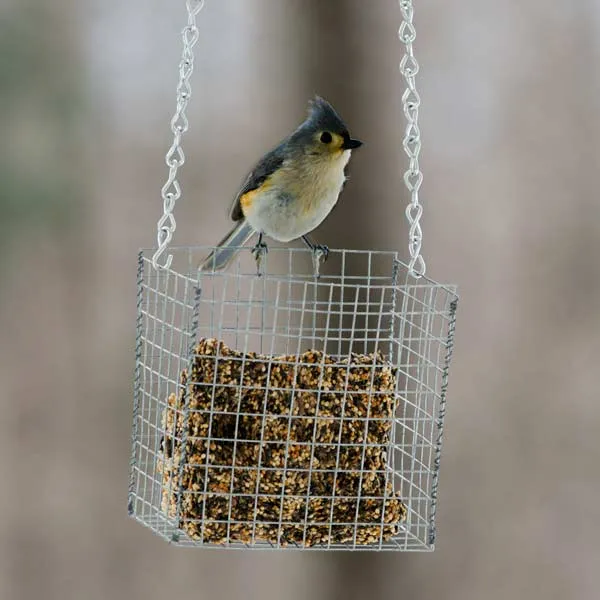
Unique Craft and Decor Ideas With Hardware Cloth
Here are some creative ways to use hardware cloth to add unique decor elements to your home.
Build a Patterned Lamp Shade
Create a unique, patterned lamp shade using hardware cloth as a base. Start by forming a cylinder with a rectangular piece of hardware cloth and wiring the short ends together. Cut fabric to fit the cylinder, leaving extra material for overlap, and hot glue the fabric over the hardware cloth. Finish the project by adding a lamp-shade ring to the top and bottom for a polished look.

Use Hardware Cloth as a Stencil
Use hardware cloth as a stencil to add texture and interest to furniture, walls, or outdoor surfaces. Start by cleaning and drying the surface you plan to paint. Lay a piece of hardware cloth flat against it, then lightly spray paint over the cloth. Carefully remove the cloth to reveal a subtle grid-like design that adds a unique touch to your decor.
Animal-Related Uses for Hardware Cloth
Hardware cloth can be used in various animal-related applications. Here are a few ideas.
Straining Cat Litter
Hardware cloth is available in different mesh sizes, which refers to the size of the openings between the wires. For straining cat litter, you’ll want to select a mesh size that allows the clean litter to pass through while trapping the clumps and waste. A mesh size of around 1/4 inch is generally effective for this purpose.
However, keep in mind that commercial litter scoops are designed specifically for this task and might offer more convenience.
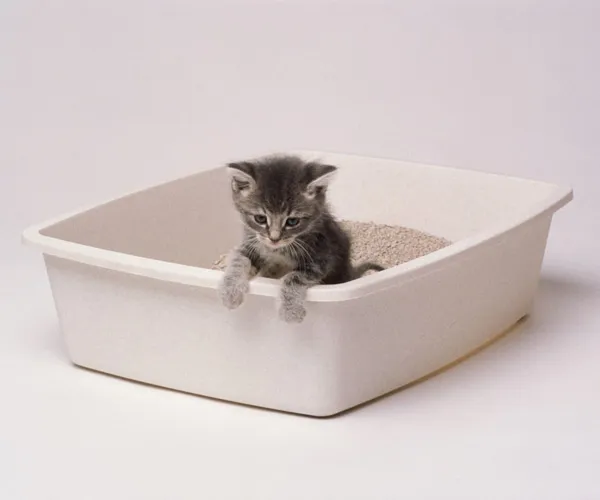
Prevent Animal Intrusions
Hardware cloth effectively deters animals due to its durability and resistance to chewing or manipulation. When installed correctly, this sturdy wire mesh prevents small rodents, birds, and even larger pests like raccoons from accessing protected areas.
For the best results, select hardware cloth with smaller openings, such as 1/4-inch or less, to target smaller pests. Identify potential entry points around your home or garden, cut hardware cloth to size, and secure it using staples, nails, or screws, depending on the surface. Make sure all edges are tightly fastened, and check for any gaps or weak points in your installation.
